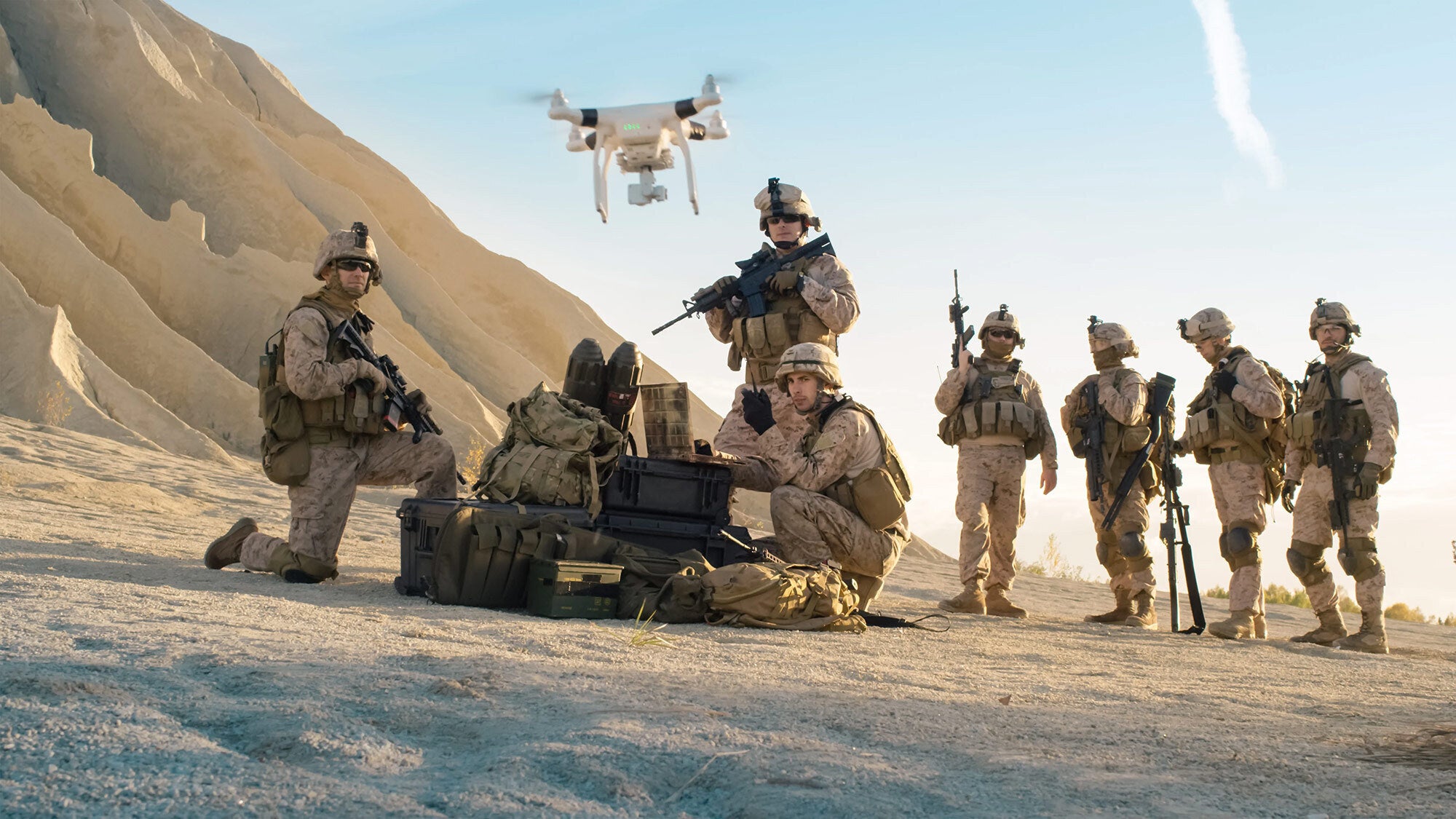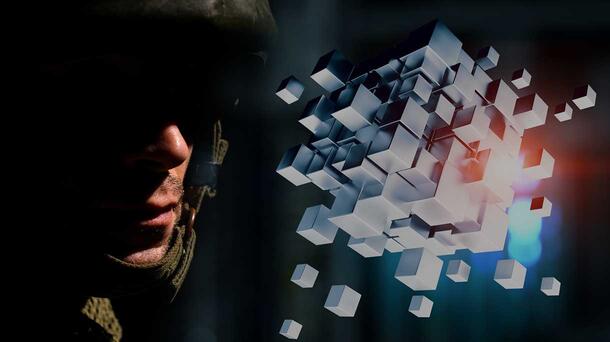
What’s holding forces back from making the switch to multirole EW?
At present, there appears to be a large disconnect between the requirements of different Armed Forces delivery teams for multirole EW capability. Conversations about the benefits of multirole are taking place at a high level, though this isn’t necessarily being reflected in EW purchases. The additional difficulty is that many teams have maintained a traditional mindset, seeking EW equipment to satisfy single objectives as opposed to long-term goals. A closed approach prolongs SWaP-related challenges and can be quickly outpaced by evolving and increasingly sophisticated technologies being employed by adversaries.
Under 2 kilograms, L3Harris’ Individual CORVUS Node (ICN) maximises EW mission success while minimising the physical burden. Fixed, mounted or portable, it enables forces to switch between multiple EW roles such as emissions detection, electronic attack and electronic surveillance in seconds. ICN helps to overcome SWaP-related challenges within the modern battlespace in three key ways:
1) Size
It almost goes without saying that the ultimate goal of EW kit is to achieve the biggest possible EW capability within the smallest possible size. Size can largely dictate what soldiers choose to take with them from mission to mission, influencing the planning considerations behind which kit to prioritise.
This order of prioritisation varies considerably based on a unit’s individual doctrine as well as the threats anticipated during a mission. For example, while carrying FP is mandatory for most military personnel, ISTAR and reconnaissance troops, as well as many counter insurgency (COIN) operations, often operate where the threat from enemy forces exists all around them, so traditional FP isn’t as critical. Size is also a big consideration for any vehicles supporting the mission. While able to accommodate a lot more kit than the average foot soldier, there is still limited space available inside most military vehicles to comfortably stow a wide range of EW equipment.
How ICN overcomes this: Built on an open standards-based architecture, ICN offers multirole, multifunction EW capability in a small form factor, significantly reducing the physical burden. Its size makes ICN a highly covert capability for military teams, offering both a high-capability receiver and transceiver in one modest system. This small design also places less of a burden on equipment stowage within vehicles as well as enabling them to have multiple antennas fitted in positions of elevation, minimising the operational burden of switching between EW roles as needed.
2) Weight
Weight has a significant bearing on soldiers in the field, seeing them handle both portable kit typically worn at all times and packable kit that can be stowed on mechanised or armoured vehicles and offloaded to those on foot as required. At any one time, light infantry soldiers could be carrying up to 100 pounds, or 45 kg, each week on their person. Depending on the capabilities and equipment required per mission, this could amount to as much as 150 pounds – an astonishing 68 kg – and may need to be carried for up to 10 days or longer (with breaks in-between).
Another challenge the weight of EW kit presents is establishing a good balance of capability versus survivability. The equipment needs to be sufficiently ruggedized yet lightweight, as well as offer a substantial battery life able to last during demanding missions while maintaining the critical EW capabilities required for mission success.
How ICN overcomes this: ICN’s substantially consolidated less than 2 kg carry weight enables forces to have greater freedom of manoeuvre, allowing them to expend less energy on missions while maintaining all-important survivability. Its modular design means capability can be rapidly reconfigured in the field in line with the evolving mission, keeping pace with changing threats. Additionally, the rugged and lightweight ICN units can easily be stored in a small daysack within vehicles should soldiers dismount from the vehicle and patrol on foot.
3) Power
The more systems required by a soldier to do their mission, the more power is required to keep the kit running. Extra batteries are generally carried for this reason, as traditional EW kit can often be power-hungry, even if the system is small. Within vehicles too, EW kit draws a significant amount of power, especially as multiple pieces of equipment may be stowed together when travelling between different locations.
How ICN overcomes this: Due to the potential ability to power the ICN from the vehicle system, this enables the ICN batteries to be charged on the vehicle battery charging unit, providing the vehicle with ICN capability while using minimal space. ICN’s small size also reduces its power requirements, seeing it consume roughly fewer than 120 watts, freeing up valuable carry space to allow for extra batteries.
The multirole EW capability made possible by ICN is a revolutionary solution to the common SWaP challenges experienced by operators in the field. Whether on foot, in a vehicle, on a drone or at an operations base, it delivers maximum capability from a minimum form factor. Learn more about how ICN and its larger equivalent, Configurable CORVUS System (CCS), improve SWaP, minimise the physical and operational burden, and enable through-life cost savings here.
